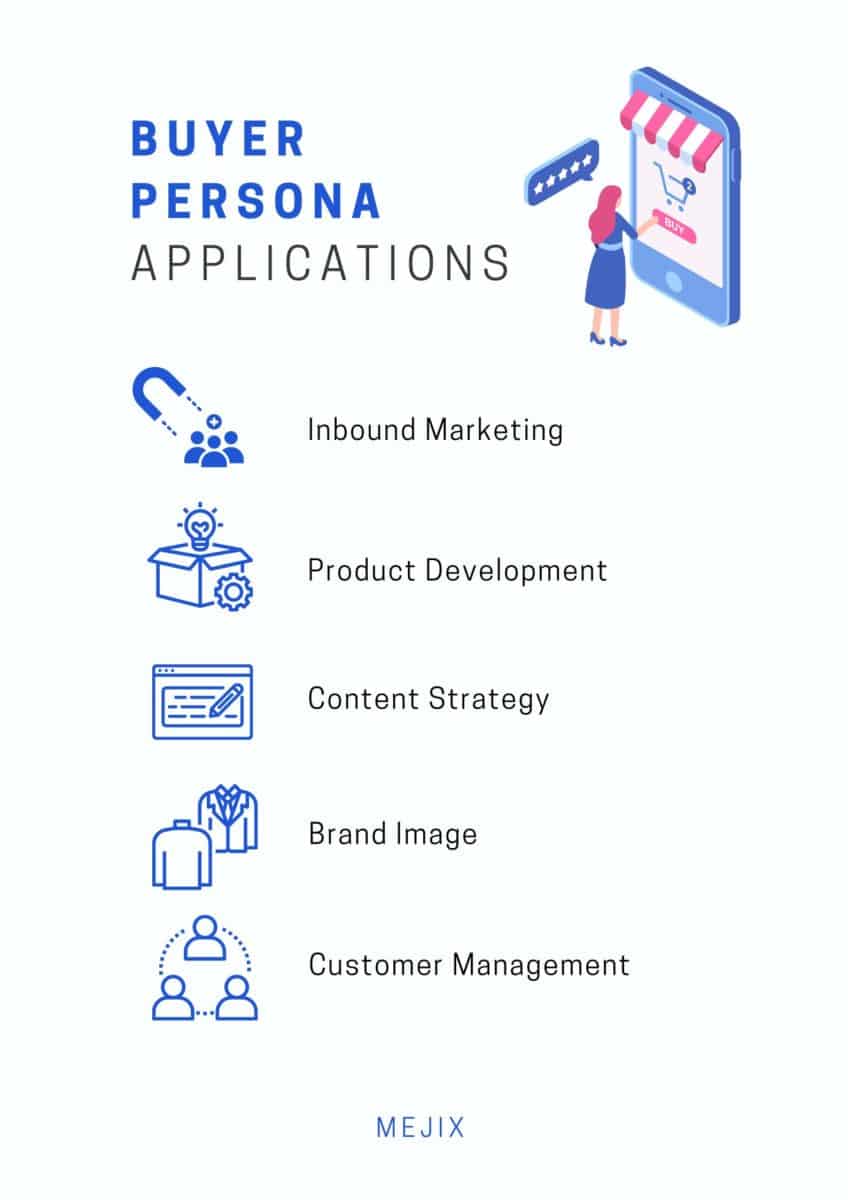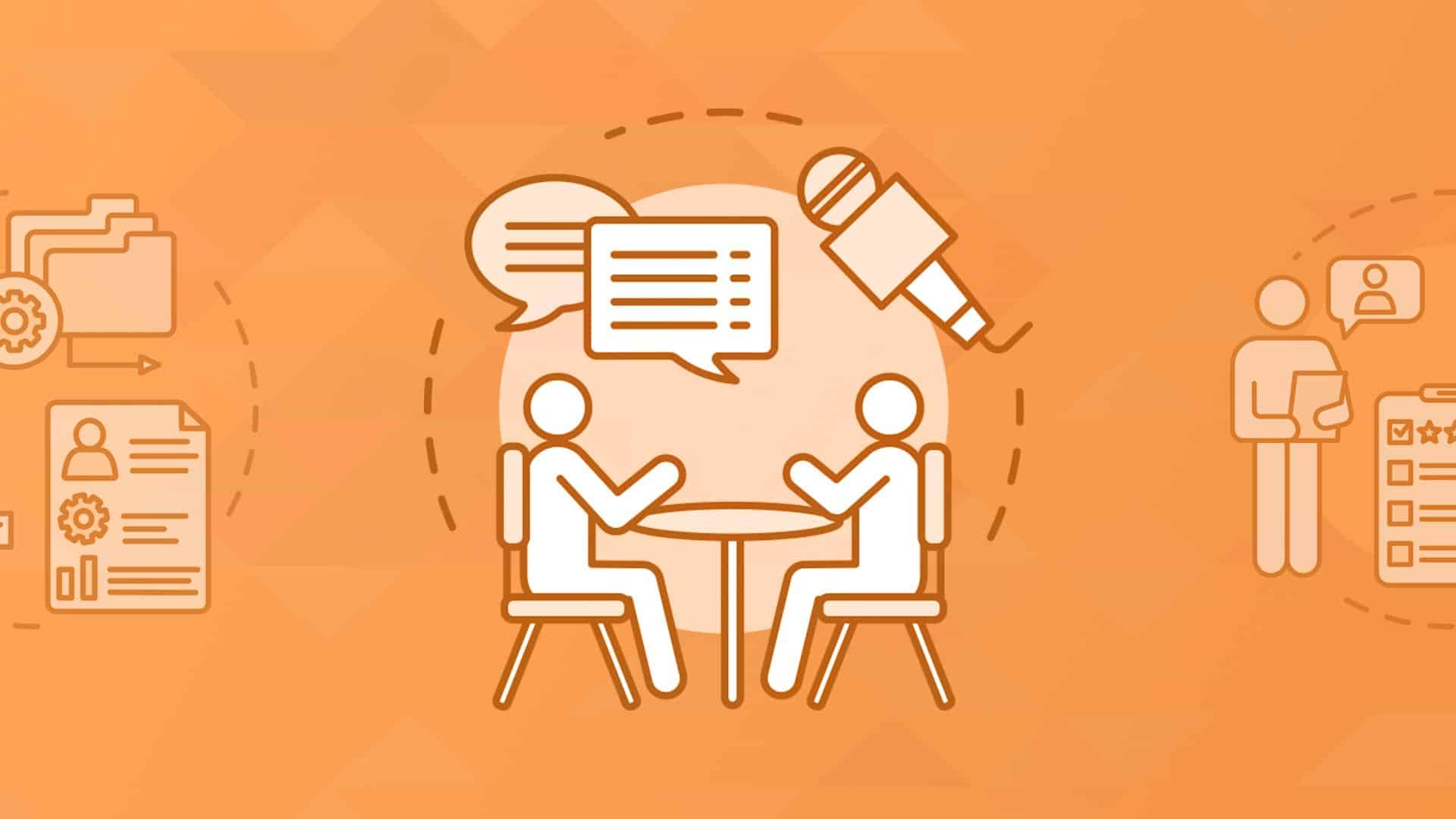Buyer Persona, Part III – Powerful Applications for Any Business
It’s more than marketing. Your overall business performance can heavily benefit from using the buyer persona strategy.
We’ve already covered the basics of a buyer persona and the research required to build one for your business. In short, we use this strategy to conceptualize complex information on buyer demographics in a simple, usable way. Depending on your business model and market reach, you might have to consider the following:
1. Creating B2B (business-to-business) and/or B2C (business-to-customer) personas. b
2. Formulating several buyer personas for different audience segments.
If, for instance, you’re only aiming for the B2B market, we recommend you check out this JumpFactor blog.
Before we dive in, we’ll once again insist on this: compiling your buyer personas takes so much work. You must conduct heaps of research before you get to humanize the statistics (you know, giving them a face using Stock photos and funky names). Therefore, our blogs are what they promise: a brief overview, a helpful introduction. Truth to be told, there is no easy hocus-pocus 3-step buyer persona method out there. But even though personas require tremendous efforts, we believe they truly are indispensable tools.
How come? Can you use the buyer persona method to generate excellent business strategies and yield higher profit margins, as suggested by these first-page Google results? We think so. This is why the third and final part of our series covers five powerful applications of buyer personas.
5 Buyer Persona Applications and Their Results
In the following section, we’ll go through five main benefits of correctly applying the buyer persona method. Let’s dive right in!

1. Supports inbound marketing
Firstly, let’s speak about inbound marketing, which is a buyer-centric business strategy. Outbound (or interruptive) marketing campaigns draw attention to products using disruptive means of engagement (billboards, cold calling, TV campaigns, pop-up browser ads). By contrast, inbound marketing builds used quality content (in blogs, websites, social media) that convinces buyers to reuse your services. buyer persona use
Essentially, an approach building on empathy and factual data about your clients will ensure your products better meet their expectations. People will thereby be more inclined to reuse your product or revisit your content. But how do you obtain this knowledge? You probably guessed it: the persona method tackles the exact type of insights you need to access your buyer’s current beliefs, wants, and priorities. Hence, it’s a reliable base for carrying out an inbound marketing methodology.
2. Provides a base for product development (UX mapping & user personas)
We find another application for the buyer persona method in the field of User–centered design or User-centered development. UCD is essential to product development teams. Simply put, it focuses all efforts on tailoring products to answer explicit user needs (high usability). Instead of designing based on broad and general assumptions, UCD relies on the same type of factual data found in buyer profiles, like people’s wants and pain points. Meaning that, at the end of the day, your product is functional and it responds to real needs that real people have. buyer persona use
Here’s a fun fact. A comprehensive product design process includes a method called the user persona. Instead of focusing on consumer behavior from a marketing standpoint, user personas help designers customize a product (website, platform, app., etc.) to generate a great user experience. Despite differences in their finality, both user and buyer personas draw insights from similar data sets.
But there’s more. Empathy mapping, for instance, is a method used in User experience (UX) design that looks into the mindsets and behaviors of end-users. An empathy map is divided into the following categories: says, feels, does, thinks, thus containing information reflected in the psychographic section of a customer persona. In another case, the “pain points and challenges” section outlined in our buyer persona template (that you can download) may show your product design teams the precise issues they need to settle.
3. Guides content strategy, SMM & SEO
In brief, knowing your customer’s goals, desires, and value systems helps you fashion engaging texts and visuals that truly speak to them. Therefore, your entire content creation strategy can hugely benefit from great buyer persona research. For instance, knowing your audience’s preferred digital media (video/image/text) can aid your Social Media Marketing (SMM) team use the types that best engage your audience.
We’ve also mentioned Search Engine Optimization (SEO), which is a necessary part of any powerful content strategy. It refers to a series of practices that, among many other positive outcomes, increase the organic (non-paid) traffic to your website or eCommerce platform. When correctly applied, not only does SEO make your content easily detectable to search engines, but it draws in the people it was intended for in the first place.

4. Maintains brand consistency
Things like brand identity, image, and message are part of an extensive marketing strategy. They define the values levered by a business to gain positive attention. But, as we’ve already seen, these marketed ideas must be in touch with existing customer needs. Therefore, buyer persona insights can guide you in building and maintaining a reliable brand image. How? By showing which values and resources bring people in, leading to good inbound marketing.
Moreover, if you’ve effectively tailored elements in your brand identity to appeal to a specific audience segment, the latter is much more likely to recognize your content and respond to it. This way, your company is tapping into the likes and demands of its public. But how can you guess what works for a given audience? There’s no guessing involved; only buyer persona data.
5. Transforms leads into committed customers
Okay, let’s cut to the chase. The ultimate goal of any business strategy is to create or expand its customer base; in other words, to increase sales, to maximizing profit margins. More or less, it all boils down to customer experience. According to Forbes, 90% of CEOs think that consumers have the greatest impact on their business performance. While they might realize that, how many of them make a genuine effort to understand the people they’re trying to sell to?
Everything we’ve mentioned so far (inbound marketing, product development, content strategies, brand image) can potentially bring valuable leads to your business. But turning these leads into committed customers is a matter of knowing who these people are, what they want, and how to speak to them. And this is, once again, a great place to leverage your buyer persona knowledge.
Takeaways
Let’s sum it all up. With a buyer persona strategy in place, it’s easier to locate the investments with the highest rate of return (RoR). The logic behind this is clear. Marketing and sales departments can use the data you gathered during your buyer persona research to guide their decisions. With that additional insight, they are more likely to invest in strategies that genuinely speak to your target audiences.
If all of your teams operate within a framework that connects your company to its public (which, one must remember, is made of real people with real obstacles), then it’s a win-win situation. And this is exactly why every business, regardless of its type, needs to do its buyer persona homework.












